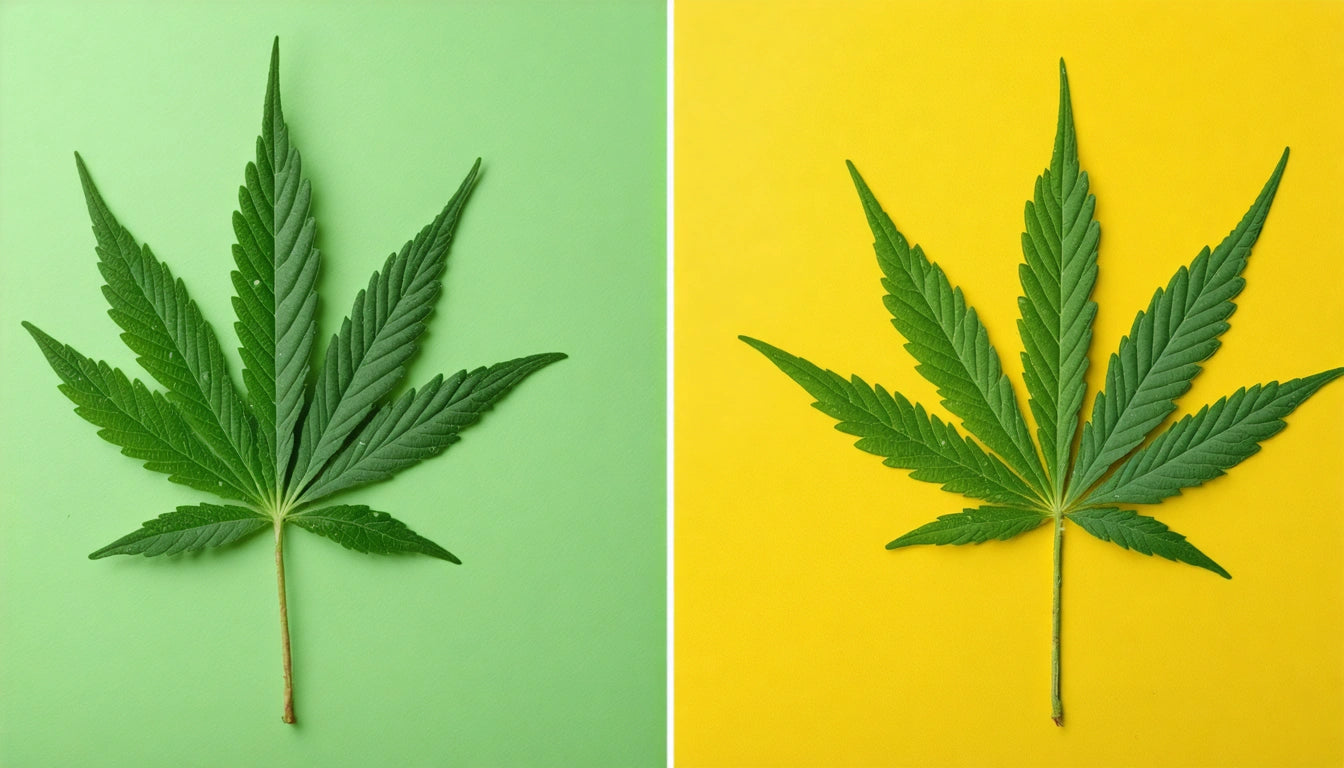Driving and Cannabis: Legal Implications and Safety Concerns
The intersection of cannabis use and driving presents significant legal and safety challenges as more states legalize marijuana for medical and recreational purposes. Understanding whether you can smoke weed and drive, or even carry cannabis in your vehicle, requires navigating complex and evolving regulations that vary by jurisdiction.
Legal Status of Cannabis and Driving
Despite changing attitudes toward cannabis, driving under the influence remains illegal in all 50 states. Even in states with legal recreational cannabis, laws prohibit operating a vehicle while impaired by marijuana. Unlike alcohol, which has established blood alcohol concentration limits, cannabis impairment standards vary significantly between jurisdictions.
Most states employ a zero-tolerance policy or set specific THC blood concentration limits, typically between 2-5 nanograms per milliliter. These limits create a strict legal environment where the question "can you drive stoned" has a clear legal answer: no, you cannot legally drive while under the influence of cannabis.
State-by-State Variations
Legal consequences for driving while impaired by cannabis can include:
- License suspension
- Fines ranging from hundreds to thousands of dollars
- Mandatory drug education programs
- Probation
- Jail time, especially for repeat offenders
Even in cannabis-friendly states like Colorado and California, marijuana's impact on driving ability is treated seriously by law enforcement. The legal standard often focuses on observable impairment rather than specific consumption methods, making the question of whether you can smoke pot and drive irrelevant from a legal perspective.
How Cannabis Affects Driving Ability
Research consistently shows that cannabis consumption impairs several skills essential for safe driving. THC affects coordination, reaction time, and judgment, creating dangerous conditions for operating a vehicle.
Key impairments include:
- Decreased attention and concentration
- Impaired time and distance perception
- Slower reaction times
- Reduced coordination
- Difficulty maintaining lane position
These effects make common driving tasks more challenging and potentially dangerous. According to guidance on post-consumption waiting periods, impairment can last several hours after smoking, with even longer effects from edibles.
Detection and Testing Methods
Law enforcement uses several methods to detect cannabis impairment in drivers:
Field Sobriety Tests
Officers look for physical signs of impairment through standardized tests that check balance, coordination, and ability to follow instructions. These tests were originally designed for alcohol impairment but are now applied to cannabis detection.
Chemical Testing
Blood, urine, and saliva tests can detect THC presence but face challenges in establishing current impairment. Since THC metabolites remain in the system long after impairment ends, these tests may indicate past use rather than current influence.
For accurate measurement of cannabis amounts, some professionals use precision digital scales to measure cannabis quantities, though these tools are primarily for dispensaries and personal use rather than roadside testing.
Transporting Cannabis in Vehicles
For those wondering "can you smoke weed in your car" or "can you carry weed in your car," the legal distinctions are important:
- Consumption in vehicles: Smoking or consuming cannabis in a vehicle is illegal in all states, even when parked. This applies to both drivers and passengers.
- Transportation: Many states with legal cannabis require it to be in sealed containers and stored in areas inaccessible to the driver, such as the trunk.
As outlined in guidelines for traveling with cannabis, crossing state lines with marijuana remains federally illegal, regardless of the legal status in either state. This creates significant legal risk even when traveling between two legal states.
Waiting Periods After Consumption
For those who use cannabis and need to drive later, understanding appropriate waiting periods is crucial. The time needed varies based on several factors:
- Consumption method: Smoking typically causes shorter impairment (2-4 hours) compared to edibles (4-8+ hours)
- Dosage: Higher THC consumption requires longer waiting periods
- Individual factors: Metabolism, tolerance, and body composition affect duration
The safest approach is to wait until all subjective effects have completely subsided, plus additional time as a safety buffer. Public consumption laws further complicate the picture, as using cannabis in many public spaces remains prohibited even in legal states.
Responsible Cannabis Use and Transportation
Given the legal and safety implications, cannabis users should adopt responsible practices:
- Plan transportation before consuming cannabis
- Use rideshare services, public transportation, or designated drivers
- Store cannabis products properly during transport
- Know local laws regarding possession and transportation
- Never consume in vehicles, even as a passenger
As cannabis laws continue to evolve, staying informed about where you can legally consume becomes increasingly important. The safest approach combines knowledge of local regulations with personal responsibility.
The question isn't simply whether you can smoke and drive, but rather how to make choices that protect both your legal standing and public safety. As research and legislation continue to develop, the most prudent approach remains complete separation between cannabis consumption and driving activities.











Leave a comment
All comments are moderated before being published.
This site is protected by hCaptcha and the hCaptcha Privacy Policy and Terms of Service apply.